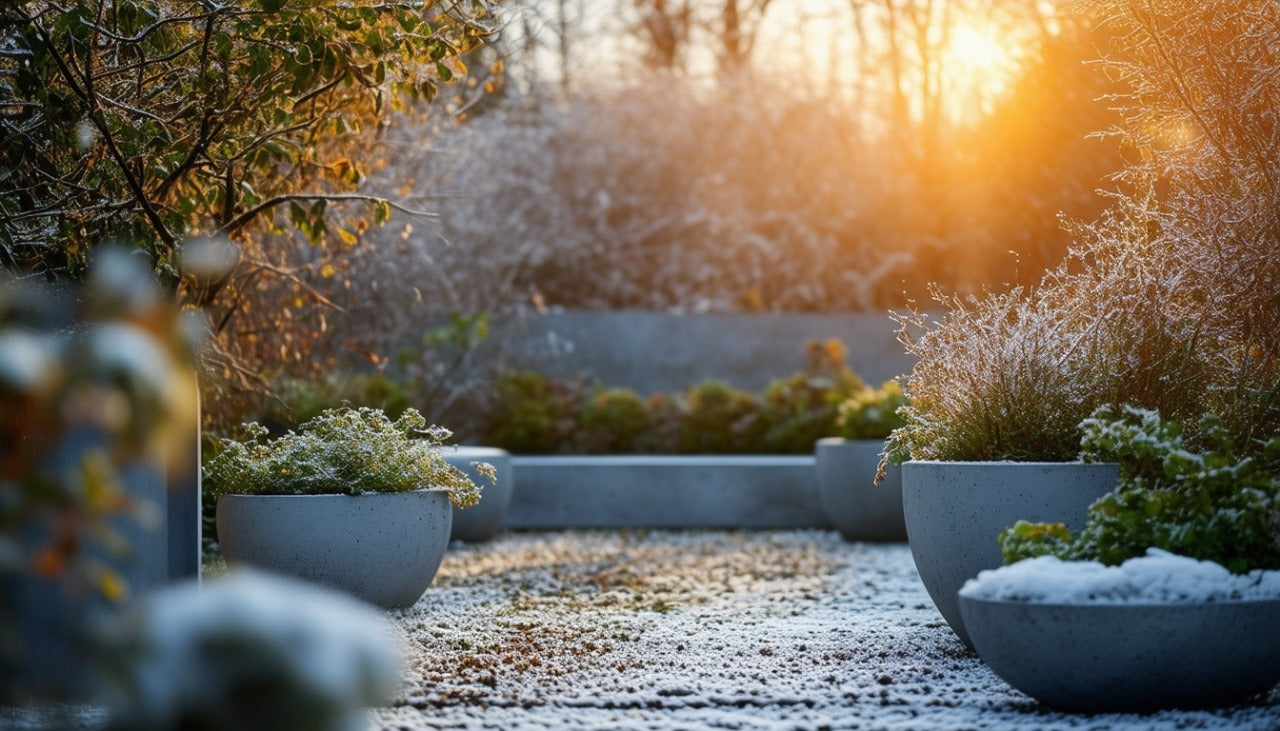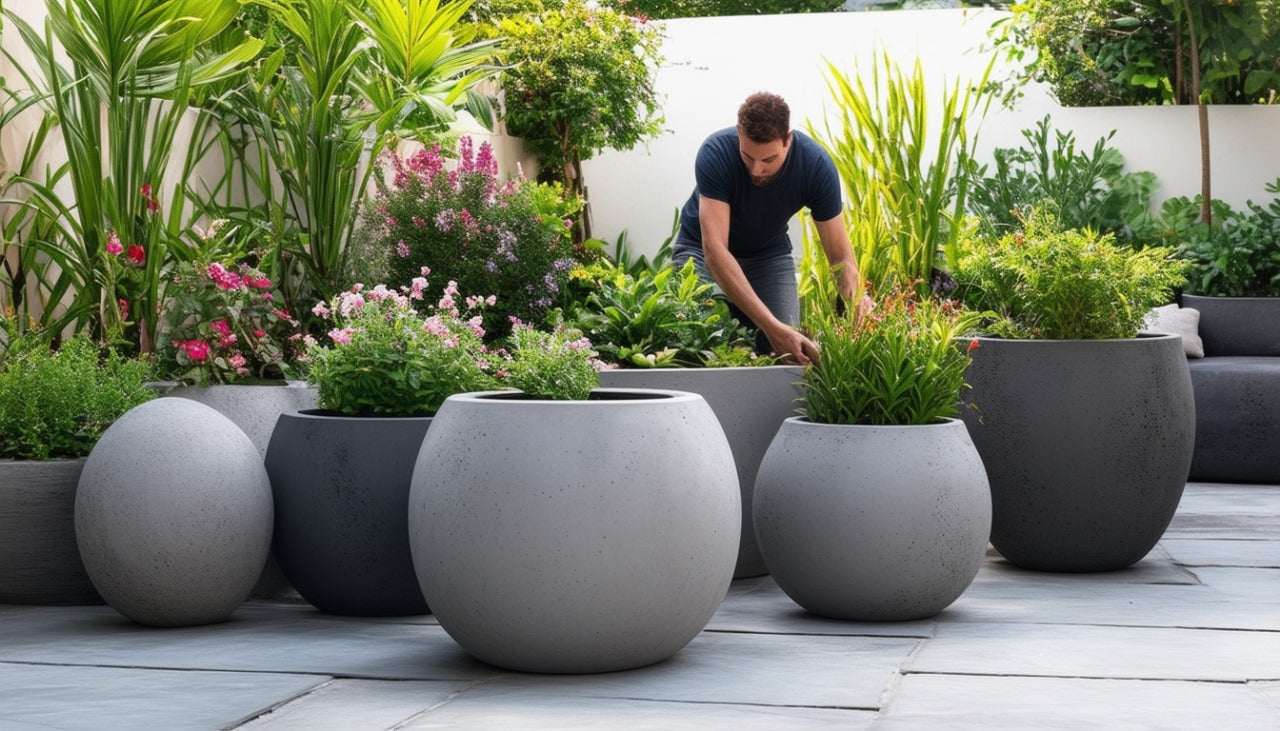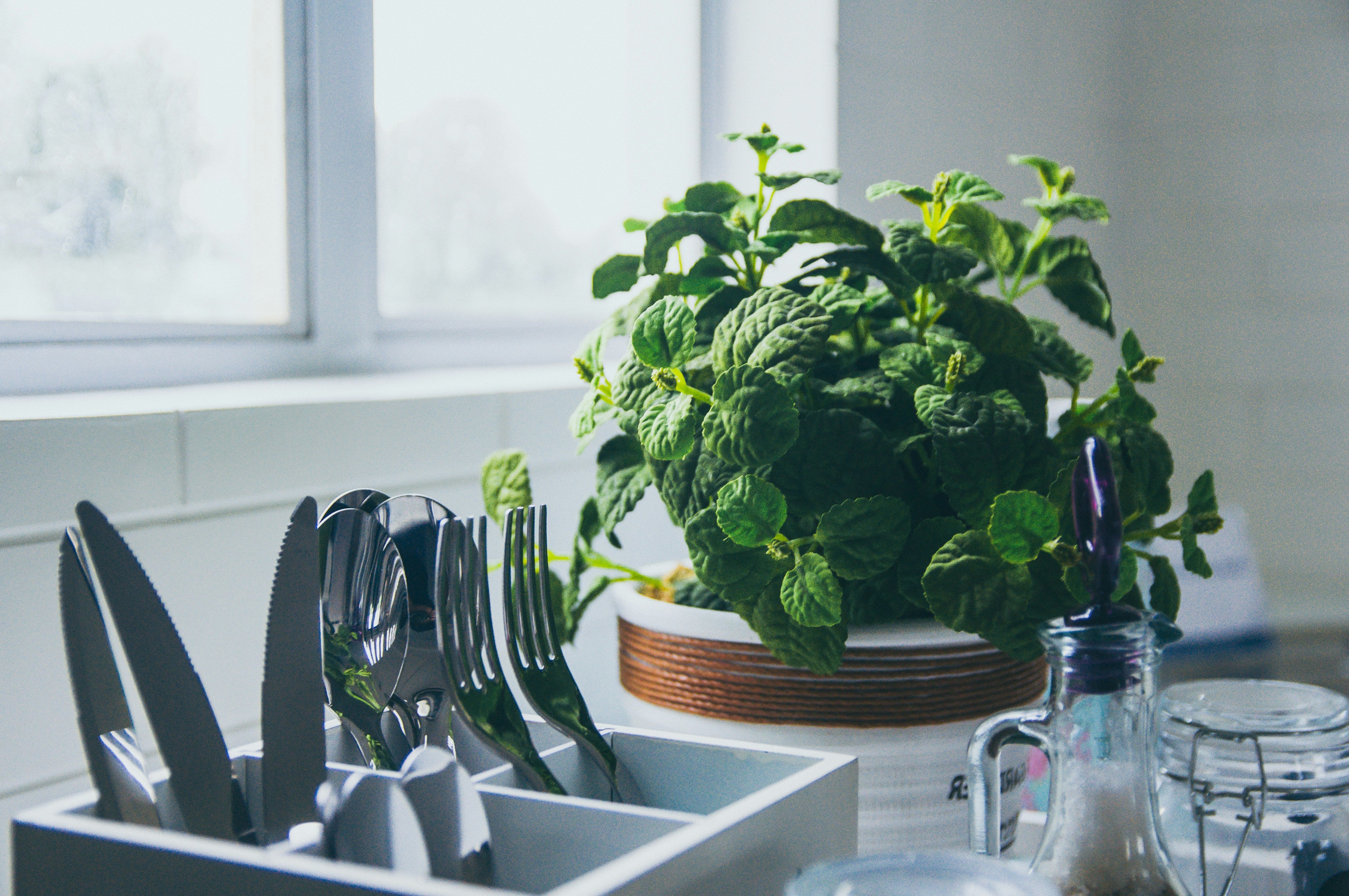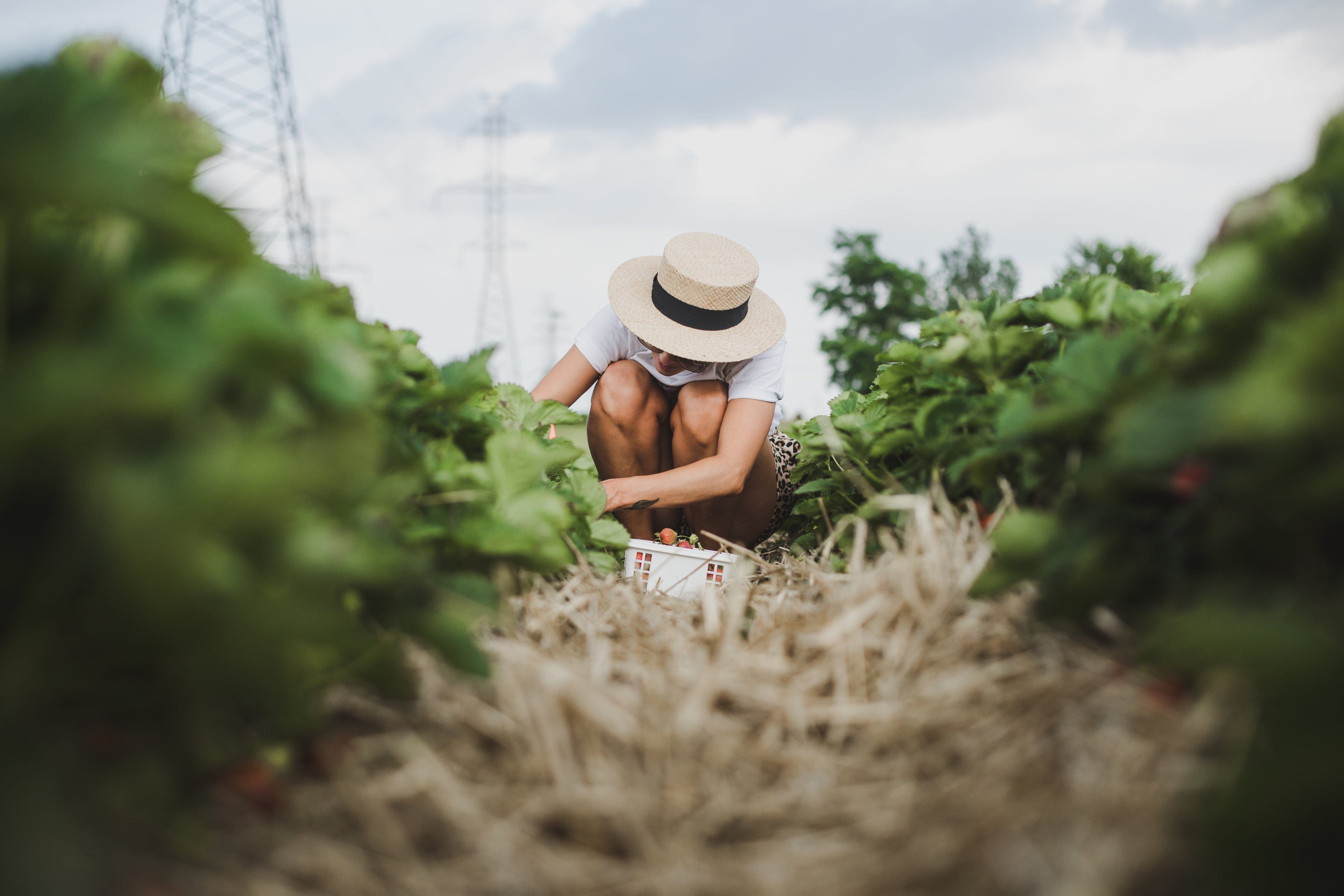
How to Create a Stunning Container Garden: Tips and Tricks
Container gardening is a versatile and rewarding way to bring greenery into your life, whether you have a sprawling backyard or a small balcony. With the right pots, plants, and a bit of creativity, you can create beautiful container gardens that enhance your outdoor or indoor spaces. In this guide, we'll walk you through the essential steps to creating a stunning container garden.
1. Choosing the Right Containers
The foundation of any container garden is, of course, the containers themselves. Here are some tips for selecting the perfect pots:
- Material Matters: Pots come in various materials such as concrete, terracotta, ceramic, and plastic. Concrete pots are durable and ideal for larger plants, while terracotta is great for its breathability, helping to keep the soil from getting too waterlogged. Ceramic pots add a touch of elegance and come in many decorative styles.
- Size and Shape: Ensure your pots are the right size for the plants you choose. Smaller pots are perfect for herbs and annuals, while larger pots can accommodate shrubs and small trees. The shape of the pot should also complement the plant's growth pattern; for instance, deep pots are ideal for plants with long roots.
- Drainage: Good drainage is crucial to prevent waterlogged soil, which can lead to root rot. Choose pots with drainage holes and consider using a layer of gravel at the bottom to improve drainage.
2. Selecting the Right Soil
The soil you use in your container garden plays a significant role in the health of your plants. Here’s what you need to know:
- Potting Mix: Use a high-quality potting mix designed for containers, which is lighter and drains better than garden soil. Potting mixes often contain peat, vermiculite, and perlite to improve aeration and moisture retention.
- Adding Nutrients: Enhance your potting mix with compost or organic matter to provide essential nutrients. You can also use slow-release fertilizers to ensure a steady supply of nutrients over time.
3. Choosing Plants for Your Container Garden
The plants you select should complement each other in terms of light, water, and nutrient needs. Here are some tips:
- Thrillers, Fillers, and Spillers: This classic formula helps create visually appealing containers. Thrillers are tall, eye-catching plants placed in the center or back. Fillers are medium-height plants that add volume, while spillers are trailing plants that cascade over the edges.
- Light Requirements: Group plants with similar light needs together. For example, sun-loving plants like succulents and herbs should be placed in a sunny spot, while shade-loving plants like ferns and hostas should be in a shaded area.
- Seasonal Selection: Choose plants that will thrive in the current season. Spring and summer are great for vibrant flowers and herbs, while autumn can showcase ornamental grasses and winter-friendly evergreens.
4. Planting Your Containers
Now that you have your containers, soil, and plants ready, it’s time to plant:
- Preparation: Fill your pots with potting mix, leaving a couple of inches at the top. If your pots are large, consider placing them in their final position before filling them to avoid heavy lifting.
- Plant Placement: Arrange your plants in the pot according to your design plan. Start with the largest plants and work your way down to the smaller ones. Make sure to leave enough space between plants for growth.
- Planting Depth: Plant each plant at the same depth it was in its original container. Firm the soil around the plants and water thoroughly.
5. Caring for Your Container Garden
To keep your container garden thriving, regular maintenance is essential:
- Watering: Container gardens tend to dry out faster than garden beds, so regular watering is crucial. Check the soil moisture daily and water when the top inch of soil feels dry. Use a watering can with a fine rose to avoid disturbing the soil.
- Feeding: Container plants need more frequent feeding than those in the ground. Use a balanced, water-soluble fertilizer every two to four weeks during the growing season.
- Pruning and Deadheading: Regularly remove spent flowers and trim overgrown plants to encourage new growth and maintain a tidy appearance.
- Pest Control: Inspect your plants regularly for signs of pests and diseases. Use organic pest control methods or insecticidal soap if necessary.
6. Seasonal Care
Adjust your care routine based on the season:
- Spring: Refresh the top layer of soil and start planting early-season vegetables and flowers.
- Summer: Increase watering frequency and consider providing shade for heat-sensitive plants.
- Autumn: Transition to cooler-season plants and add mulch to retain moisture.
- Winter: Move tender plants indoors or provide frost protection for those that remain outside.
Conclusion
Creating a stunning container garden is a rewarding way to bring nature into your living space, no matter its size. By choosing the right containers, soil, and plants, and providing proper care, you can enjoy a beautiful and thriving garden all year round. Visit the Pot Shack for a wide selection of pots, plants, and gardening supplies to get started on your container gardening journey today!




Leave a comment
This site is protected by hCaptcha and the hCaptcha Privacy Policy and Terms of Service apply.